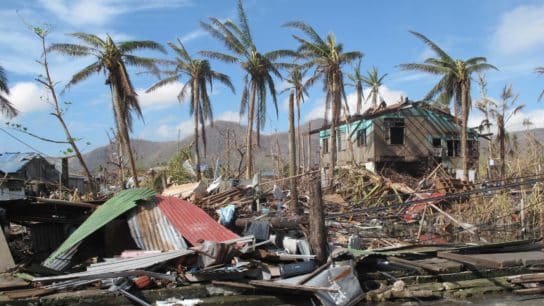The last time Japan’s iconic Mount Fuji was snowless so late in the year was at least 130 years ago.
—
Since the establishment of Japan’s weather agency 130 years ago, Mount Fuji’s first snowfall has consistently been recorded in October. But on Wednesday, the iconic volcano’s slopes were notably snowless.
Yutaka Katsuta, a forecaster at Kofu Local Meteorological Office, told the AFP news agency that because of exceptionally warm weather this year, snowfall had yet to be observed on Japan’s highest mountain.
This summer, the hottest on record globally, was also Japan’s warmest since record-keeping began in 1898, matching the high set in 2023. Temperatures between June and August were 1.76C (3.1F) higher than the average and have remained unusually high in September, deterring cold air, said Katsuta.
Mount Fuji, Japan’s highest mountain at 3,776m (12,460 ft), sees its first snowfall on October 2 on average. Last year, the first snow started accumulating on October 5.

Warming Planet
This year’s exceptionally hot summer globally is putting 2024 on track to be the hottest on record, beating 2023. According to Carbon Brief, there is a 95% likelihood that this will happen.
Between January and August, the global-average temperature anomaly was 0.70C above the 1991-2020 average, 0.23C warmer than the previous highest anomaly recorded in 2023. For 2024 not to be warmer than 2023, the anomaly for the remaining months of the year would need to decrease by at least 0.30C – a highly unlikely scenario, the European Union’s weather service Copernicus said last month.

Rising temperatures are having significant consequences for the planet, including more frequent and severe weather events such as heatwaves and tropical cyclones, melting ice caps, rising sea levels, and disruptions to ecosystems and biodiversity. This year becoming the hottest on record underscores the urgency of climate change, amplifying these effects and threatening food and water security, human health, and economic stability.
“The temperature-related extreme events witnessed this summer will only become more intense, with more devastating consequences for people and the planet unless we take urgent action to reduce greenhouse gas emissions,” said Samantha Burgess, Copernicus Climate Change Service’s deputy director.
Featured image: Martina Igini/Earth.Org.
This story is funded by readers like you
Our non-profit newsroom provides climate coverage free of charge and advertising. Your one-off or monthly donations play a crucial role in supporting our operations, expanding our reach, and maintaining our editorial independence.
About EO | Mission Statement | Impact & Reach | Write for us














